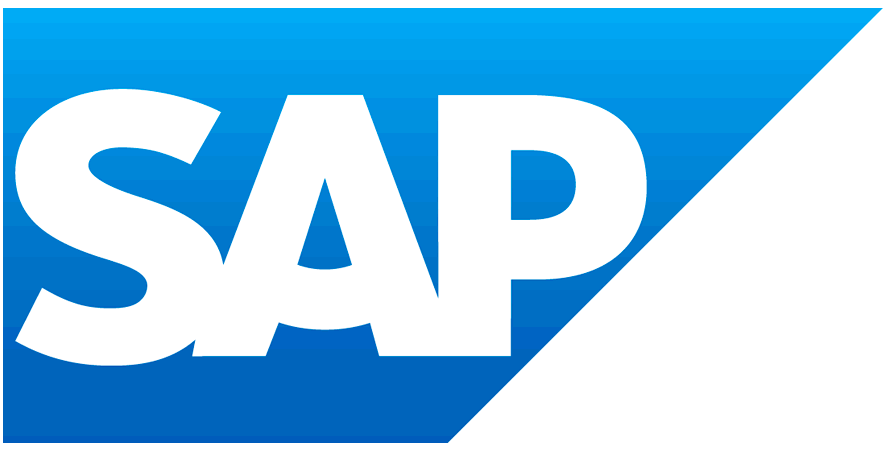Earth Overshoot Day 2022: Can We Live in Balance With the Earth?
by Daniel Schmid
Today marks global Earth Overshoot Day 2022, a reminder that we have reached the limit of Earth’s budget yet another day earlier in the year.
As business leaders, we need to urgently shift gears to mitigate the risks arising from the overstretch of our finite planet and amplify the positive impacts of a growing number of solutions that are waiting to be implemented at scale.
As the scientists of the Global Footprint Network who host and calculate Earth Overshoot Day point out, it can be overwhelming to think about exceeding our planet’s limits and demanding more ecological resources and services than what Earth can regenerate within a given year. In line with this year’s theme #PowerOfPossibility, it is therefore even more important to focus on what can and has to be done to turn around human economy to be more sustainable.
The good news is that companies increasingly understand the business case for sustainability and have put it at the top of their business agenda.
According to recent research by Oxford Economics and SAP, 63% of the executives surveyed indicated that their company has a formal sustainability plan already in place. They recognize clear business benefits for sustainability efforts, including efficiency (58%), improving brand reputation (46%), and meeting customer needs (44%). Another recent survey by SAP Insights found that “increasing sustainability in your products and services” was the top choice (34.6%) among respondents who were asked to pick their top three priorities to improve revenue growth.
While opportunities are clearly seen and resource shortages and climate change are rated among the top risks to be prepared for, execution is still lacking. This may not come as a total surprise given the commonly known “intention-action-gap” that is particularly applicable in the sustainability space. Still, I would not have expected the disconnect between sustainability plans and action at companies to turn out so stark. Gartner’s latest survey — which finds that barely a quarter of supply chain leaders have conducted a climate change risk assessment, much less prepared a reaction plan — similarly shows that despite all progress more work lies ahead for most of us.
Nonetheless, I full-heartedly echo Hoesung Lee, chair of the Intergovernmental Panel on Climate Change (IPCC), who emphasized the solutions he felt encouraged by when introducing the latest IPCC report three months ago: “If these are scaled up and applied more widely and equitably, they can support deep emissions reductions and stimulate innovation.”
Earth Overshoot Day organizers have come up with powerful numbers that underline the impact of solutions that can help us #MoveTheDate and turn around natural resource consumption trends while improving the quality of life for all people.
I would like to share three examples while reflecting on SAP’s contribution:
Existing off-the-shelf, commercial energy-efficiency technologies for buildings, industrial processes, and electricity production could move Earth Overshoot Day at least 21 days, without any loss in productivity or comfort.
Indeed, helping to optimize building performance, lower carbon emissions, and reduce energy costs while also enhancing occupant experience at the same time is what SAP equally seeks to achieve teaming up with Honeywell. Smart innovations to improve energy efficiency are furthermore core to greening SAP’s data centers and other facilities owned by SAP and powered with 100% renewable energy since 2014.
Reforesting 350 million hectares of forest would move Earth Overshoot Day by eight days.
SAP too is committed to ecosystem restoration to address climate action. On our journey to achieve our accelerated ambition of net-zero along our entire value chain in line with a 1.5°C future in 2030, we continuously enhance our comprehensive portfolio of climate protection measures. In 2021, SAP has added the goal of planting 21 million trees by the end of 2025 and joined 1t.org, an alliance of the World Economic Forum to conserve, restore, and grow 1 trillion trees by 2030. Since 2012, SAP has helped to plant more than 12.2 million trees and annually publishes its tree planting status in the SAP Integrated Report.
If we cut food waste in half worldwide, we would move Earth Overshoot Day 13 days.
With 30% of global food wasted, there is huge potential for leveraging digital technology such as blockchain or artificial intelligence (AI) to reduce waste and increase transparency across food supply chains. Believing in the power of collaboration to make this happen, SAP is working with customers such as Arla Foods Amba, Orkla Foods Ingredients, and many others — as well as startups in the SAP.iO program, including Goodr and Too Good to Go — to foster innovation tackling food waste. We have also introduced the Too Good to Go app at SAP in Germany in addition to food waste reduction measures of our caterers.
It is in our hands to align not just government and business policies and strategies, but also actions with the reality of our finite planet to secure a good life for all. The “donut model” of social and economy boundaries comes to my mind to guide us “to ensure that no one falls short on life’s essential needs, while ensuring that collectively we do not overshoot our pressure on Earth’s life-supporting systems.”
With that as inspiration, let’s leverage the #PowerOfPossibility of the abundance of existing solutions. Which one will you help to scale to #MoveTheDate of Earth Overshoot Day?

